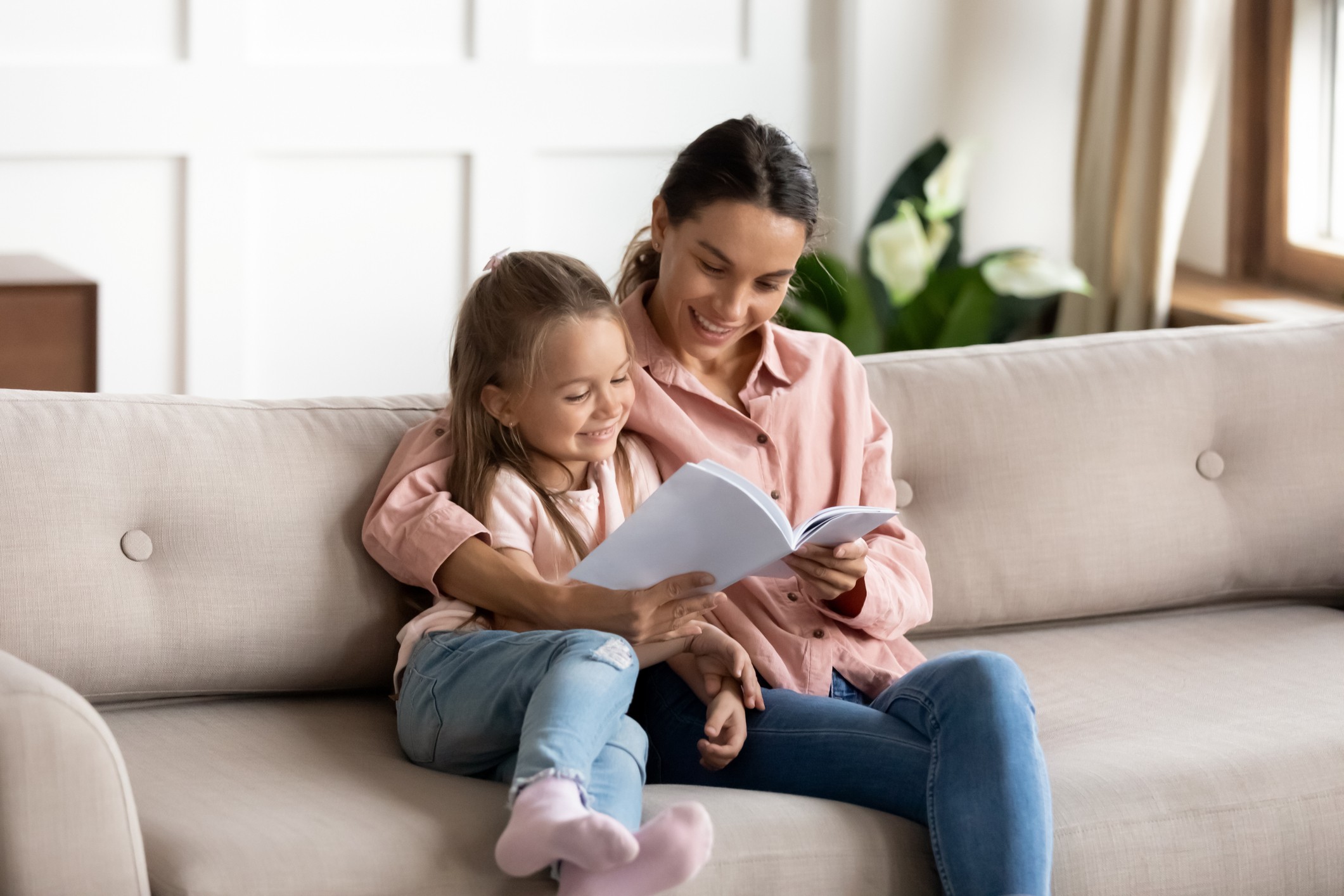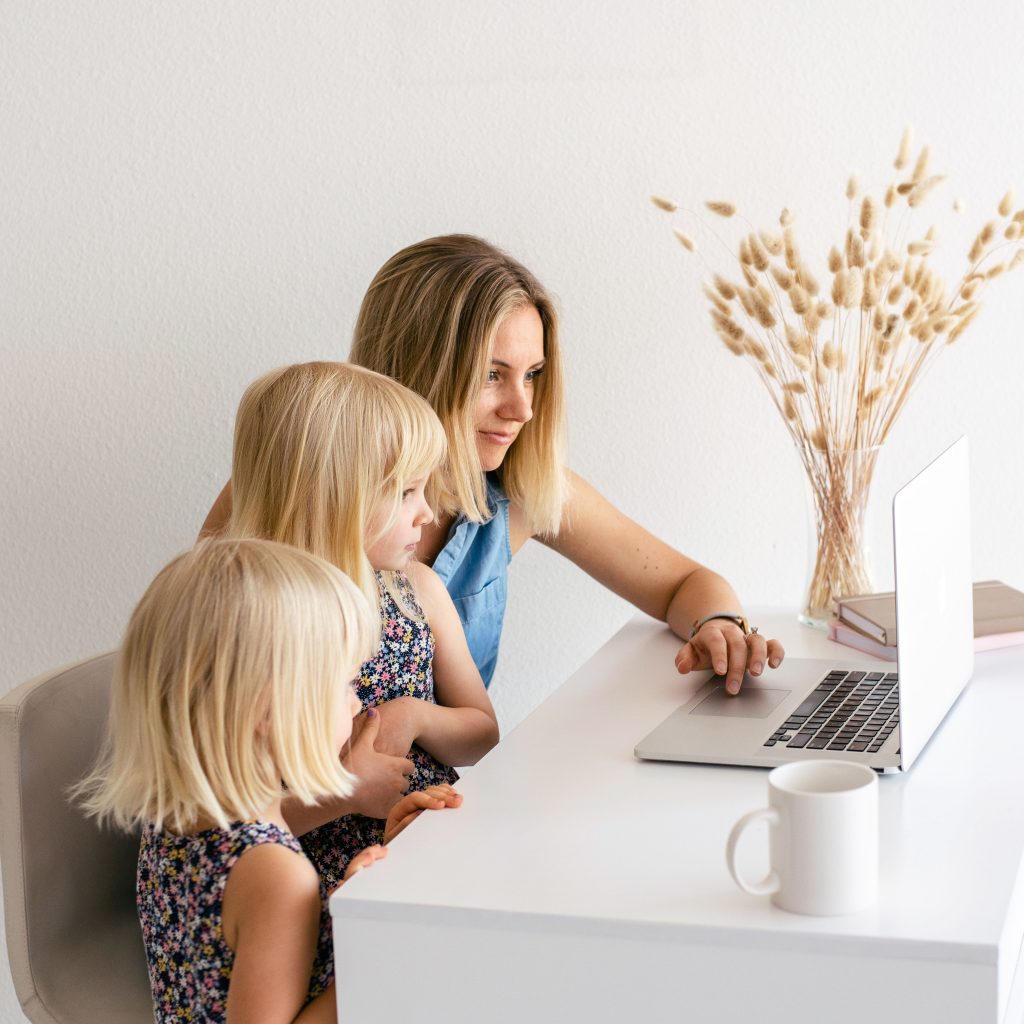
Abeka’s Handbook for Reading contains charts, practices, and stories to help homeschool students learn the fundamentals of reading. By working through the book slowly and methodically, the student will begin reading with increased confidence and independence. What’s more, Handbook for Reading is very easy to use in a homeschool setting.
Handbook for Reading teaches the fundamentals of reading in a systematic fashion so even scattered homeschool moms like me can’t mess it up. Here are the simple steps:
- Learn the ABC’s with a word for the sound. “A says a,a,a as in apple.” The five vowels in their short sounds are learned first, then the consonants. Letters are learned out of order, but there’s a chart in the front of the book that lists the alphabet to review. And in my case, sing, because that’s the only way I know my alphabet.
- Before all the consonants are learned, start putting two letters together in blends. Stick with one consonant to work on all the short vowels: “ta-te-ti-to-tu.” Learning how to put these together smoothly is difficult at first, so the child may stay on the letter t for a while before going on to a different consonant. That’s perfectly ok.
- Continue learning more consonants and blends. There’s handy “blend ladders” in the book to practice them. There’s also example words to help the child listen to the blends.
- Begin adding once consonant sound to the end of a blend: “tap-tep-tip-top-tup.” Yep, some of them aren’t real words. But the child gets the idea after some practice. It took some of my children over a week practicing a few minutes each day before they understood how to blend those sounds smoothly to make a word. Patience is the key.
- Finish the consonants then start on the long sounds of vowels. “When there is only ONE vowel in a word, it usually says it’s SHORT sound. When there are TWO vowels in a word, it usually says its LONG sound.” That handy rule helps the child, after lots of practice, to slowly read short word.
- Now the pages have blends to practice at the top of the page, short words to work on in the middle of the page, and maybe a short sentence to try at the bottom of the page.
- There is a page for each letter of the alphabet. Really cool because it gives lots of practice. I would often do one page for several days to make sure we understood it.
- After a long time of these simple words, the book starts “special sounds” which are blended consonants like bl in block, one page for each special sound. They become increasingly difficult until the child is reading oo in tooth and oo in book and ough in enough and stuff like that. There are charts of a dozen or so each to practice reciting them.
- I love the special sounds section because it really helps develop spelling skills, too.
- By the middle of the book, the child can read easy readers independently. By the end of the book, your child may read chapter books independently.
- It is very important not to learn a page a day. Instead, let the child take the lead in how difficult or easy each page is.

I love Handbook for Reading because I find it very straightforward. I like that I don’t need a teacher’s manual, just the book and some time. I also like that each page’s practice blends and words are arranged in both numbered lines and columns with a shape at the top; this way it is easy to practice by reading the words in different orders. I appreciate that the book is easy to find, that early editions work the same way, and that the book is inexpensive.
But Handbook for Reading may not be right for you. If you aren’t sure, ask yourself Have I given this a few months? Is my child developmentally ready to begin reading? Am I trying to progress too quickly? If you’ve given it the ol’ college try and it’s still not working, just try something else. At least you didn’t spend too much money on this one book.
Find Handbook for Reading new and used on Amazon.


I taught 10 years at a Total A Beka School. I agree 100% with this review. I saw hundreds of children flourish in their reading, spelling and writing. The book is equally good for beginning and remedial readers.
Actually, I taught at the school for 13 years, but they began mixing curriculum – which hurt rather than enhanced the literacy of the students.
The decodable readers and cursive handwriting w/phonics that go with the program follow the same sequence as the Handbook and are designed to be used together for maximum reinforcement of the skills.